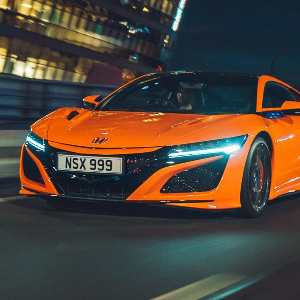
The Ford Fiesta is the UK's favourite car, and opting for ST Line trim adds a dash of sporty flair. But does it live up to expectations on the roads?
Today one of the most iconic cars of modern times, the Ford Fiesta is sought after around the world because of its fun-to-drive and sporty styling.
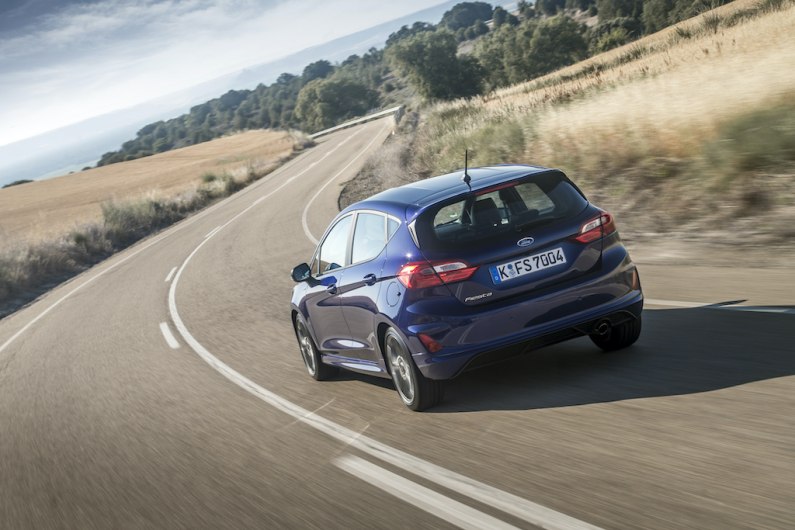
The Fiesta has a more athletic look than most other cars in class. The lower-positioned front-end and downward-sloping waistline give the car a dynamic appearance.
The Fiesta has an imposing front, with a large front grille that looks “Aston-Martin-ish. A large grille usually looks out of place on a small car, but that’s certainly not the case for the Fiesta. Kudos to Ford’s designers for successfully incorporating such a distinctive style into the car.
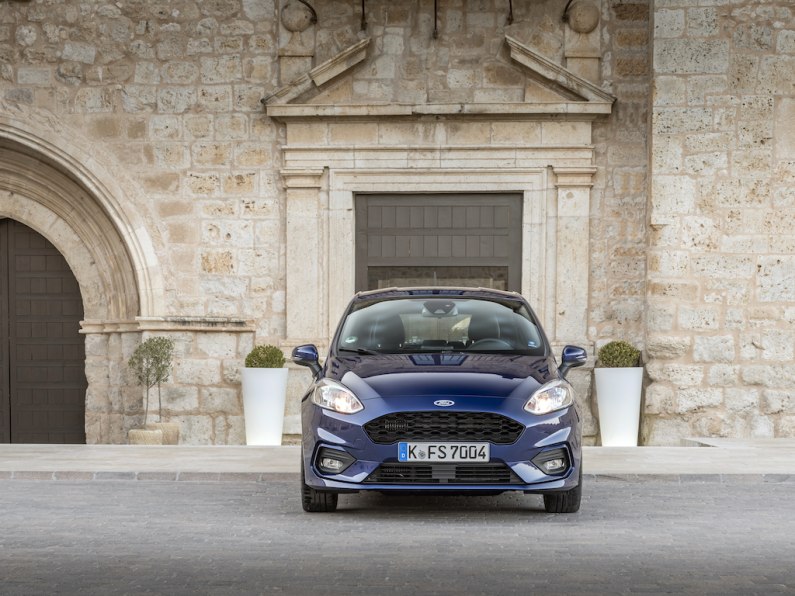
The Fiesta comes with halogen headlights, standard in the class. The long, stretching headlights look sharp and afford the small car a sense of being much bigger.
Small but fierce, the Fiesta resembles a flying bullet. There is arguably no other supermini as athletic as the Fiesta. In addition to the five-door ST-Line model we’ve driven, it is also offered with the sportier looking three doors.
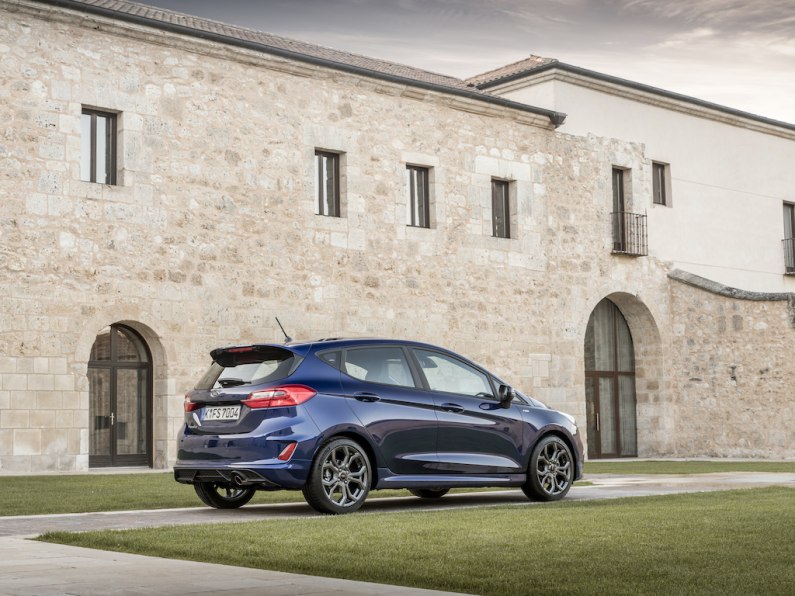
The Fiesta ST-Line has indicators integrated into the wing mirrors. The ST-Line badge on the front wing is a good match for the hatchback’s sporty personality.
The Fiesta uses rado-grey multi-spoke wheels, fitted with AUTOGREEN SuperSportChaser SSC5 tyres. The 205/45 R17 tyre size befits the small hatchback’s performance-oriented nature.
The back end has a compact layout, with smartly-styled rear lights adding a lively touch. The use of halogen lights, as is seen in the headlights, reminds us that it’s a budget-friendly vehicle.
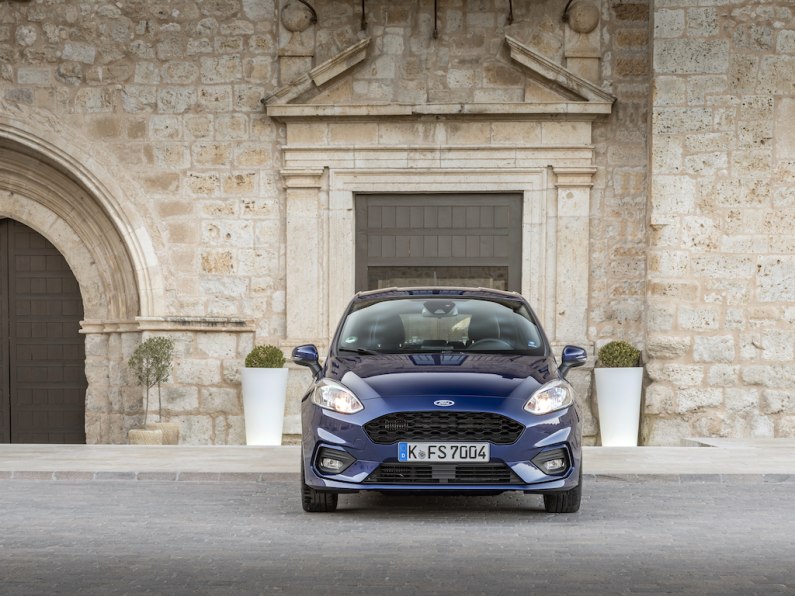
The ST-Line only comes with a single low profile exhaust, which is slightly disappointing given that this could be an extra key visual element to the car. There is also no reversing sensor or camera at the back, so parking might not be as convenient as you might like.
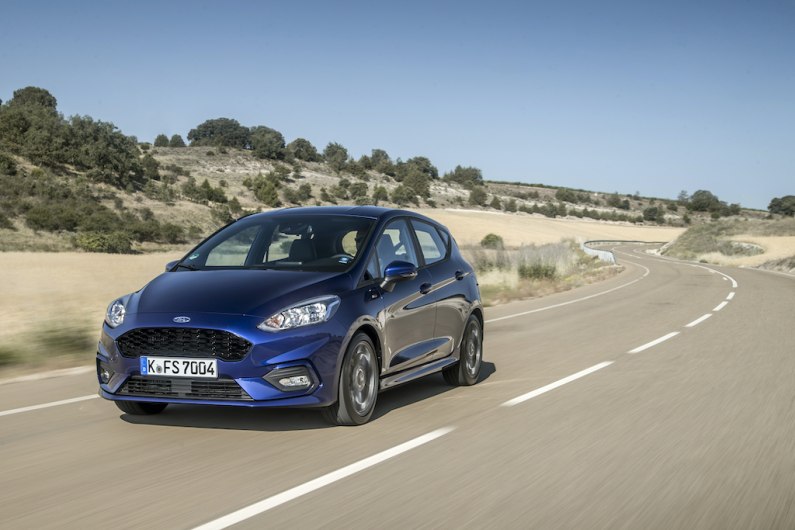
The Fiesta’s interior styling is in keeping with other Fords – smart and snappy, similar to the Ford Focus. The high-mounted touch screen feels fairly upscale by the standards of the class.
The mechanical dashboard is functional and easy to read, with attractive blue pointers accentuating the the Fiesta’s sportiness. The screen in the centre displays a wide range of driving information.
The ST-Line gets a 3-spoke flat-bottomed sport steering wheel. It is wrapped in perforated leather with red accent stitching around the inside. The wheel is perfectly-sized and the leather cover offers a good grip, possibly the best you can get in the small car segment.
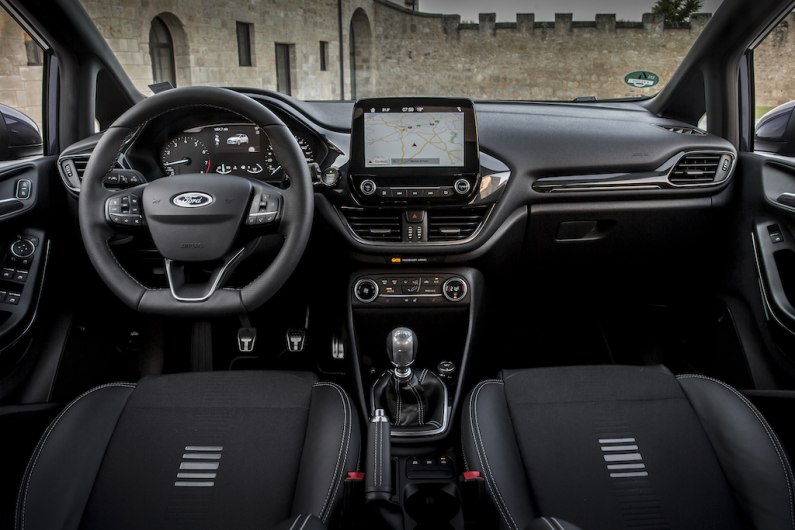
The centre console is covered in soft-touch materials that feel more expensive than the ones you’ll find in a typical supermini.
The 8-inch touch screen offers solid image quality and the built-in SYNC 3 system is faster than the previous version. Buttons and knobs are all well-executed, feeling nice and tight.
The air-conditioner is simple to use with a straightforward interface. If comfort is what you are looking for, you can add features like heated front seats and automatic climate control.
Under the centre console is a fairly large storage tray with a 12V socket and a USB port on each side.
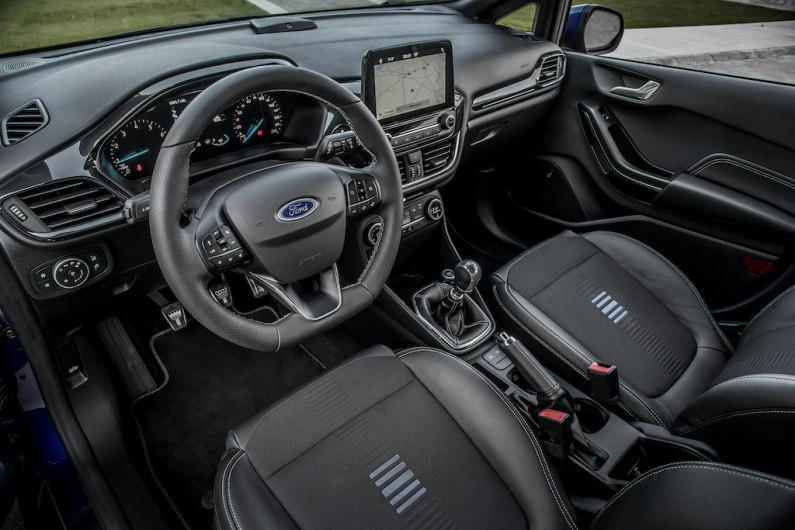
Both front and rear seats are covered in cloth upholstery and filled with soft materials. The back rests and side bolsters are tall enough to hold you firmly in place when you are driving through twists and turns.
There is a decent amount of space at the front. The headroom is plentiful even for our 6-feet-tall test driver.
Without moving the front seat, we switch to the back row. The space turns out to be seriously confined, with little head and leg room - not an ideal choice for someone taking long road trips. Anyone sitting in the middle rear seat would be hard-pressed to get comfortable. Though the seat is soft and supportive, it is quite narrow and there is a high hump in the floor.
While there is an abundance of small-item storage up front, there is little at the rear – only door bins.
The boot is a bit small. The rear seats can split 60/40 but don’t fold flat. This creates a ridge between the seats and boot floor. Practicality suffers as a result.
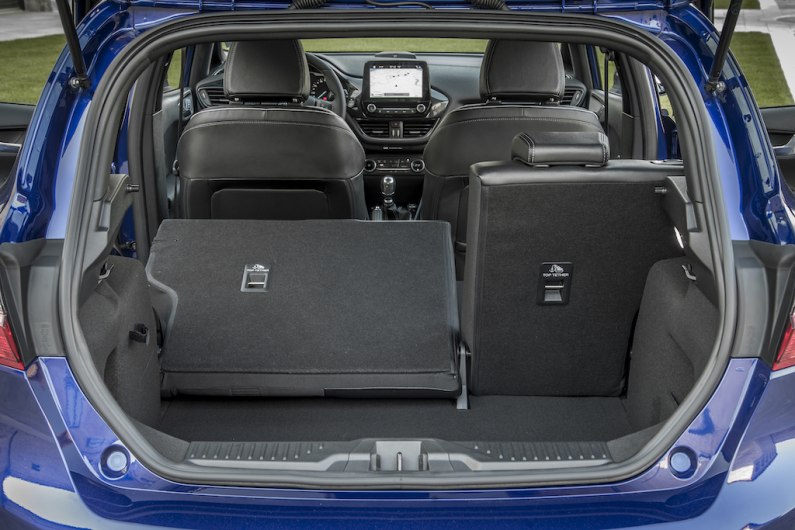
The Fiesta features 1.0-litre turbocharged engine, available with a choice of 100, 125 and 140hp outputs. Our test car gets the 100hp engine with a six-speed manual gearbox, generating peak torque of 125 lb·ft.
Gear change feels springy and has a long throw. It takes some getting used to if you prefer the crisp and punchy gear change of Japanese cars.
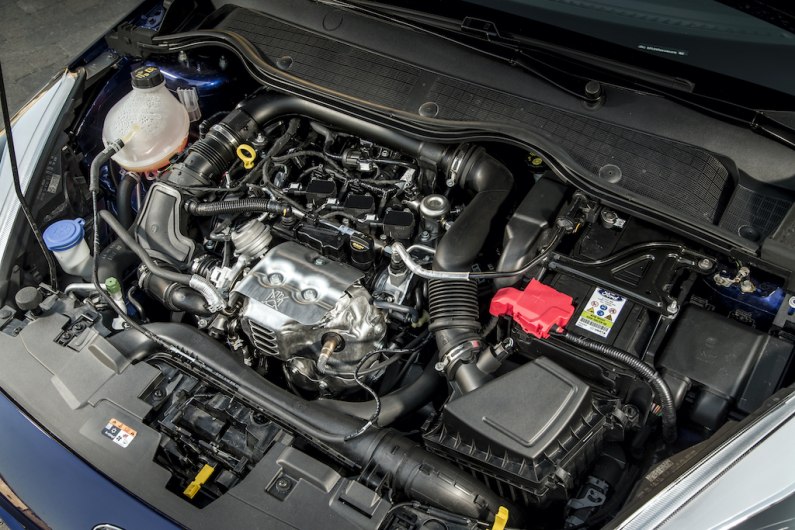
Power from the 1.0T engine is not robust, but it gets the job done. The Fiesta is able to put in a lively performance while starting or cruising at lower speed. However, with low displacement, it fares rather poorly in high-speed acceleration. The engine struggles to deliver power and feels sluggish on the sixth gear.
The clutch sits at the right height, iIt’s light and pleasant to use. Even if it’s your first-time driving the Fiesta, you’ll be at ease as you know the car won’t stall abruptly.
The Fiesta does not use peaky throttle response to make up for the deficiency of engine power, as most Japanese cars do. The power delivery is linear both in town and on the motorway, offering you a controlled ride.
We tested the Fiesta’s acceleration and found that 9.7s from 0 to 60mph is the best result we could get. With only 1.0 litre of displacement, the Fiesta revs rather sedately. If you are all for brisk acceleration, it might leave you underwhelmed.
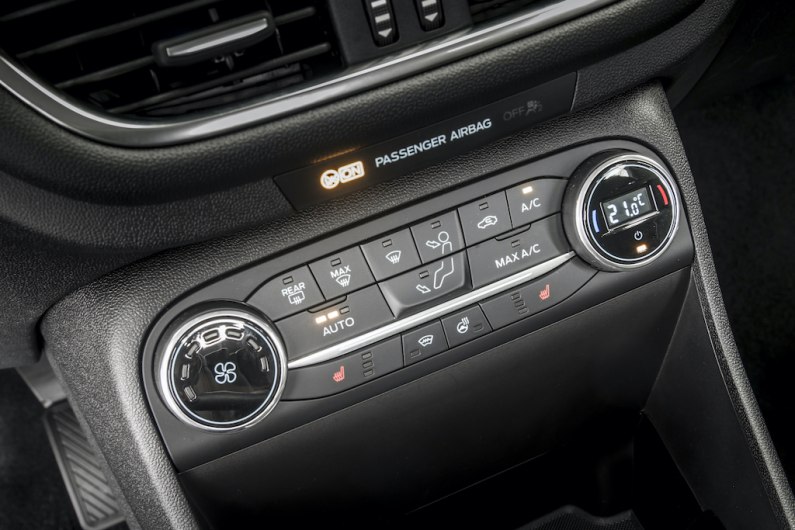
We tested the Fiesta’s fuel economy with the AC running on heating mode. The Fiesta achieves 7.5 litres per 100 kilometres - just average. The 1.0T engine has failed to live up to the hype.
The Fiesta’s suspension system can put a smile on your face. The stiffened suspension is capable of ironing out most of the road imperfections in city driving. It also provides enough lateral support to keep the car nice and stable around fast corners. The ride quality is excellent. With nimble reflexes from the rear, you’ll find it a pleasure to do cornering with the Fiesta.
Steering is agile and accurate with the Fiesta. The car always responds to your instructions from behind the wheel - so instantly that you can even feel the chemistry with it. The response is also quite predictable. You can run the car with great confidence as you know exactly what it’s going to do.
The tyres on our test car are not super grippy, achieving 36.85 metres for braking distance. While we believe sport tyres might work better on the Fiesta, such performance is good enough.
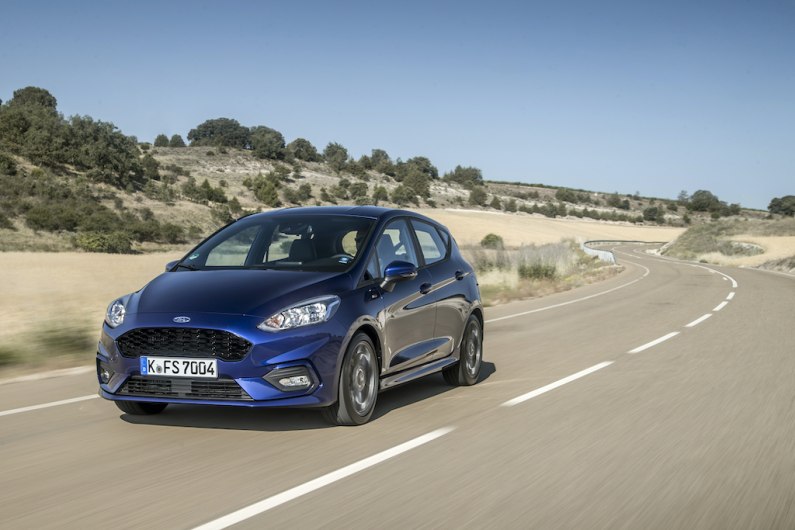
Overview
Small, lively and lovable, the Fiesta is one of its kind. It’s fun driving nature and superb steering ability put it way ahead of the many rivals in the market. That said, the category where the Fiesta stumbles is quite obvious - passenger room. The rear-seat is too cramped, which translates into a serious compromise on the ride comfort. Of course, there is no such thing as a perfect car. If you are considering to own a Fiesta, you will have to decide which matters to you more, the driving fun or the overall space. After all, with a value-minded car like the Fiesta, you simply can’t get the best of all worlds.
